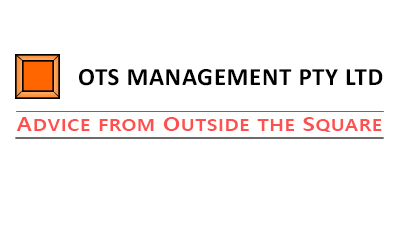Businesses who decide to change the way they do business need to be careful of unintended consequences. They need to think of the effects to the customer first, but also to the not so obvious stakeholder groups.
For example businesses that generate significant business through referral networks need to be careful how any changes affect their referral base and not just their customers.
In some imagined country, the leading provider of accounting software to SME's is a company called Record Your Amazing Business or Ryab. Knowing that SME's made purchasing decisions about accounting software based on their accountants' opinions, Ryab provided their software free to all public accounting firms. These firms could use multiple copies of the software on a single free license as long as they used it on their own entities - clients would have to buy their own licenses, and accountants even received commissions on these sales to clients.
This was an extremely successful referral strategy to get the product in front of the ultimate customer. In short time, accountants played with the software, found it easy to use, used it in their own companies and personal business affairs and in doing so got to understand how to use it effectively, so that when they recommended it to their clients they were able to show them how they used it themselves, and to help their clients to set up and when there were any problems.
If you asked an accountant why they recommended Ryab to their clients they would say that it was easy to use, they knew how to use it themselves, and so on. The commissions were a minor issue because accountants knew that Ryab's value to them was the time they saved when they got back a client's file and were able to use it immediately without additional training and time spent in familiarisation.
Ryab rode on this success for a while and then, as a consequence of new technology including cloud technology, changed their business model. They did two things at the same time in the one year.
First, they re-wrote their software so that it was suited to the cloud. This meant some fairly substantial changes to the way you process transactions. The end result was a much better interface, but there was no denying it was a different experience to those who used the old version.
Second, they changed their referral model and allowed accountants only one free single-entity license. If the accountant had multiple private entities they would have to buy licenses after the first one. To compensate for this they increased the commission per sale.
Unfortunately these two changes together had the potential of creating a perfect storm.
Accountants now had to learn what was effectively a new software package. At the same time they only had the use of one free license and were therefore unable to "practice" it on their own entities in a cost-effective manner. They reacted as if it was a new entrant to the software market that they had to learn, with insufficient time to learn it, and so they stopped recommending it to clients. Their attitude had become "I wouldn't know how to answer a client's query about how to process some transactions, so I'll just stick to recommending what I know".
So, what did Ryab do wrong? They were after all improving the technology and increasing monetary rewards to their referral base.
The problem was that they had not researched with their referral base what actually counted.
What counted was not new technology AND higher monetary rewards. What counted was knowledge of its ease of use and their ability to help their clients AND the time they saved within their own systems if their clients used it.
Knowing this Ryab could have rolled out extensive training to accountants on their new technology AND allowed accountants to again use it for free as many times as they liked on personal entities. This would have allowed their referral base the TIME and SPACE necessary to feel comfortable in knowing how to use it and in recommending it as something they used themselves.
When you are changing your business model, whether it involves sales or internal business processes you absolutely need to:-
1. Understand how it affects the customer - remember people buy products not because of features but because of benefits
2. Understand how it affects stakeholders outside of the obvious - you need to be able to explain to each group "what's in it for me".
Over to you - what disastrous changes have you seen rolled out by a business? Why was it a disaster?




